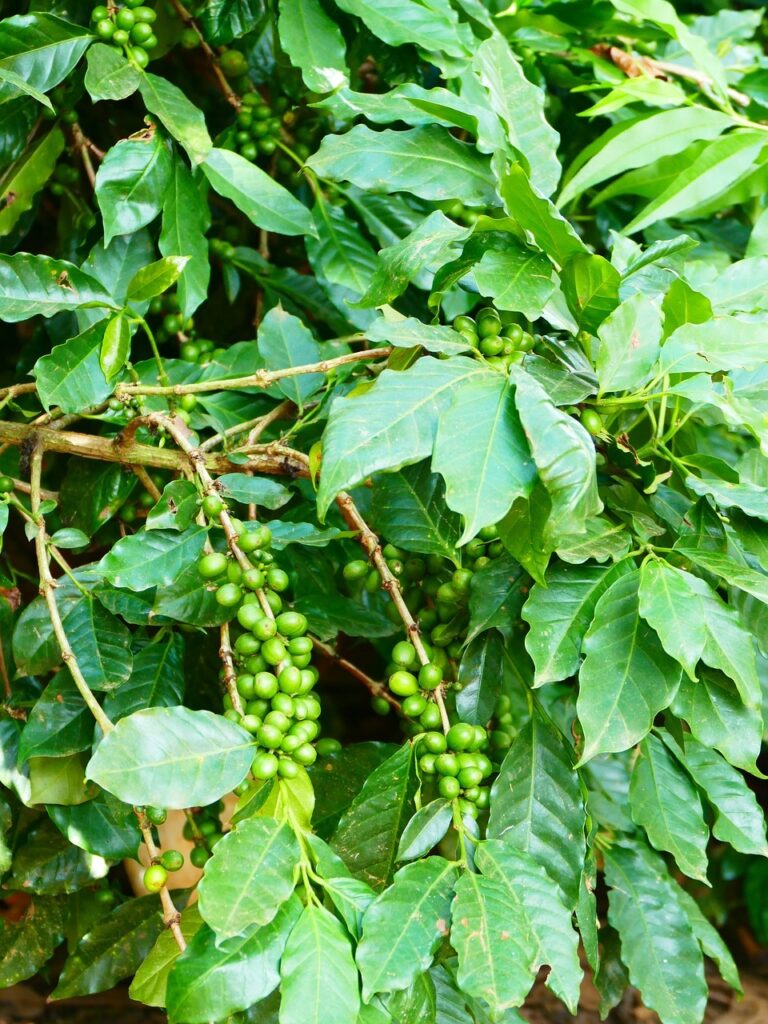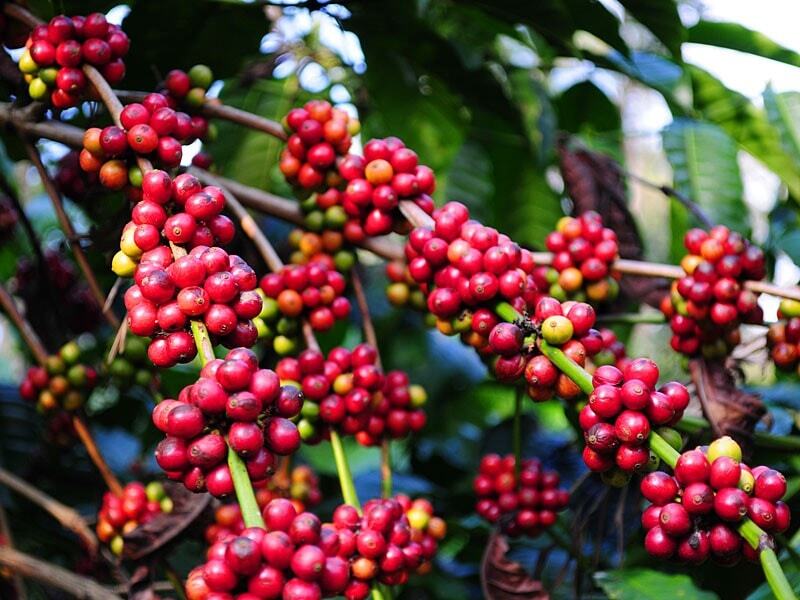A coffee crisis is brewing and it isn’t pretty. The sad truth is, it has probably been going on for as long as coffee has been exported. What are we talking about? The small farm holder who grows approximately 80% of the world’s coffee. The odds are pretty good that you, quite literally, enjoy the fruits of his/her labour.
It is calculated that there are between 22,000,000 – 28,000,000 coffee farmers in the world. How are they faring? What is the real story here? The winds are changing in favour of the lowly farmer. How is that happening? Why is it happening? And “what role can consumer awareness play in leveling out the coffee playing field?
In this series of brief articles we will endeavor to shed light on this obscure occurrence. This is the first in a series titled, “ $1- $1000”. It is a very complex subject that not even the best minds have found a solution to, yet.
Our analysis will focus primarily on the past 30 years. It is not our goal to explain the mechanics of the marketing structure. The focus is more on how this structure affects each link in the coffee chain, primarily, its principal and oddly enough, weakest link, the coffee producer.
Not All Coffees Are Created Equal
A big difference in prices has to do with the category they fall under. Basically, there are 2 principal types of coffee: Robustas and Arabicas. Robustas generally grow in the lower regions, whereas arabicas grow in the higher regions.

Arabica Coffee 
Robusta Coffee
Robusta coffee usually trades for a lot less than the arabicas. Robusta beans are different from their larger counterpart. The beans are smaller in size. The plants produce more than many arabicas. They do not require as much maintenance, either. The processing is much less in comparison to arabicas. As for flavour, robustas are generally a lot more concentrated and well, more “robust” than the arabicas, which are milder. (In *2018 prices ranged from **$0.45 – $1 a pound.)
Producing arabica beans is a lot more complex and costly. There is a large number of varieties of arabica beans all varying in different flavour notes and cup quality. Generally speaking, arabicas fetch a better commodity price than robustas. Last year prices ranged from $0.62 a lb for mild arabicas in the Congo – $1029 a lb for a Panama Geisha.
How much per cup?
Based on averages of cup sizes in 3 popular chain restaurants in the U.S.A. that sell typical restaurant coffee, the price works out to an average of 11¢ per ounce. Therefore an 8-ounce cup average 88¢. A pound of coffee can provide 36 – 8 oz cups for a total of $31.68 a pound.

It is more likely that robusta coffee is used here or at best a robusta blend. The farmer sells his coffee for an average of 72¢ a lb not roasted. The restaurant turns that into an average of $31.68 a lb roasted. The farmer receives just over 2% of the sale.
Of course, a lot of costs have to be invested before the coffee gets to the cup. To be honest it is a tall task if not impossible to break down those costs accurately with present data. We can be sure, however, that the farmer is at the bottom of the list.
The inflation rate in the United States between 1990 and today has been 103.93%. That means in many cases farmers earn less now than they did in 1990. The fortunate ones are at par with inflation, while the extremely lucky ones are a bit above it.
The Value of Consumer Awareness
It is widely believed that the consumer holds the power to decide the fate of the lowly farmer. Sounds daunting, doesn’t it? All the consumer wants is his/her favourite brew made just right. Right? The reality is, there are significant factors that threaten the continuous flow of our favourite drink.
Climate change, funguses, droughts, low prices on the market all weigh down on the farmers who have to bear the brunt of those threats and their costs. Many farmers yearn to provide a better product but the economic situation, as well as the previously mentioned problems, make it too big a challenge.
We believe that the informed consumer will be motivated to support the small farmers who work so hard to provide a great product for only pennies. Real efforts are being made to bring this situation to the fore in order to gain the support of the consumer. Therefore, we are preparing this series of articles with the sole purpose of informing you, the consumer, as to what is happening in the coffee world.
Some interesting subjects that will be covered in future articles are: What is all this talk about “sustainability” and “transparency”? What is the difference between Fair Trade and Direct Trade? What is Farm Gate Price? How does my coffee get to my cup? What is “Specialty Grade”? And much more.
You may wonder, how can I help? Does this mean buying lower quality coffee? Will I have to pay more? These are just some of the important questions that will be answered in future articles. Education is the key to making informed decisions. We hope you will enjoy the series: $1 – $1000.
* International Organisation of Coffee
**all money is in U.S. dollars


